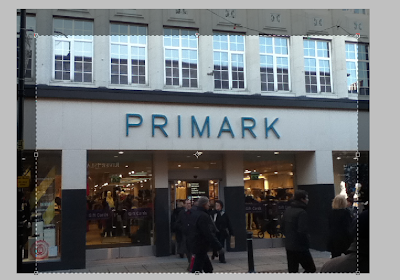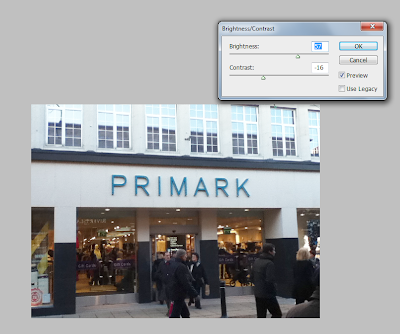Harrogate Advertiser (click to enlarge):
Firstly, the
Harrogate Advertiser banner is located near the top of the screen. This is the same banner as used in the newspaper, showing consistency. Above this is an animated advert plus register/sign in buttons for visitors and members.
Below the banner there are eight hyperlinks to different areas of the website which enables easy access and movement around the website. To the right of this there is a search bar, which enables you to search through the site or on the web. Below this there are two main Harrogate news stories, one sport story and a magazine review.
A large portion of the home page is covered in advertisement, one of the main conventions you will always see on a newspaper website (seen on all sites I have researched) is adverts. This is an example of synergy; mutual benefit for all. The advertisers gain more views and the site receives money for ‘renting’ out an advertising space.
To the right of the large section of adverts, there is another section primarily for this week’s top /popular stories.
Another generic convention the website uses is the date just below the banner, which is also what the newspaper does.
In terms of font - apart from the
Harrogate Advertiser banner, all the text on screen is Arial (a common font style for websites)varying in size; size 12 for article titles, and 9 for everything else. On the contrary, the actual newspaper uses the traditional Times New Roman,also a common font style for newspapers.
At the time the screenshot was taken, only one picture included a person - this is strange as usually newspapers like to have pictures of people to make it more interesting. This isn't a big problem here however, as a picture of fireworks is just as interesting to the target audience.
Looking at cohesion of colours, it is clear that the colour theme is predominately blue with a few yellow/orange combinations in pictures/when you highlight a hyperlink.
For news values, there is an example of the threshold/amplitude value (the size of an event will govern the amount of attention it is given) which is the bonfire night article. While the size of this event if relatively small in the sense of the nation, it is quite a big local community activity.
York Press (click to enlarge):
The layout is quite similar to the
Harrogate Advertiser, but compared to other newspaper websites I have researched (
Nidderdale Herald, Yorkshire Evening Post) it is the most different as the other sites are all produced by the same web designer; therefore having a near identical layout to one another.
As with the others there is the main banner, an animated advertisement , a search bar, and the register/sign in buttons. Below this are hyperlinks to main categories such as Sport, Leisure, etc for ease of use around the site. The date is above the banner instead of below as it was on the
Harrogate Advertiser website.
The rest of the website is slightly different however. The latest headlines are all located to the left of the screen, while the middle section includes a ‘most read/most comments’ area, photos, and also a ‘buy & sell’ feature. To the right of this there are few advertisements and local information. These adverts, as said above for the
Harrogate Advertiser website, are an example of synergy.
Looking at the typeface, a large variety is used -

































